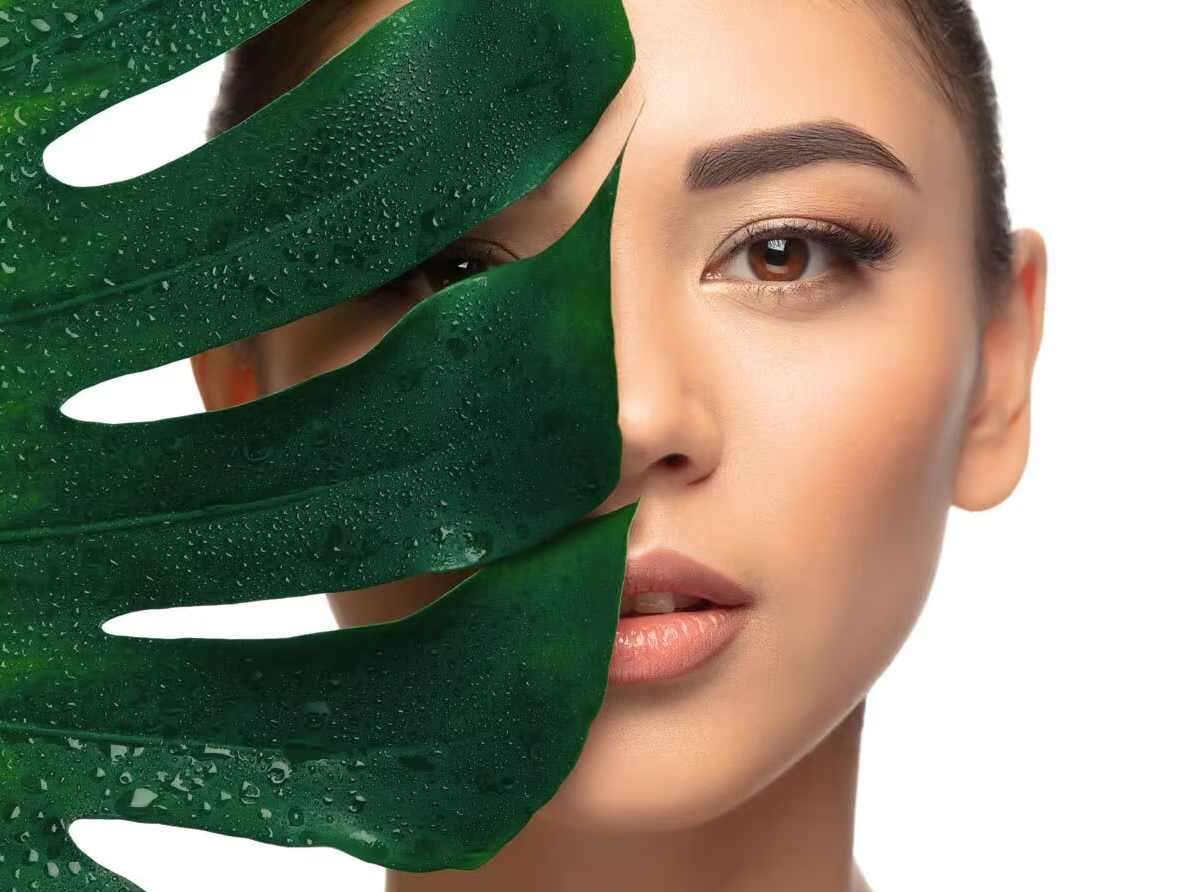

Mon
Proper skin moisturization and hydration are essential for maintaining healthy skin. The outermost layer of the skin, called the stratum corneum (SC), plays a crucial role in regulating water content and preventing transepidermal water loss (TEWL). This article provides an overview of the mechanisms involved in skin hydration, including the natural moisturizing factors, intercellular lipids, and water-transporting proteins. Understanding these processes is vital for developing effective skincare strategies to address dry and flaky skin conditions.
The stratum corneum (SC) acts as a barrier between the internal and external environment, protecting the skin from dehydration and environmental stressors. Maintaining proper hydration in the SC is crucial for its optimal function.
Natural moisturizing factors are a complex mixture of low-molecular-weight, water-soluble compounds found within corneocytes. These factors, including amino acids, lactate, and urea, play a vital role in maintaining skin hydration by attracting and retaining water. The degradation of filaggrin, a histidine-rich protein, contributes to the generation of NMF. We examine the importance of NMF in supporting the moisture barrier of the SC.
The intercellular lipids present in the SC form a barrier that prevents excessive water loss from the skin. These lipids are organized in an orthorhombic gel phase and create a diffusion path that retards water loss. We discuss the structure and function of intercellular lipids and their role in maintaining skin hydration.
Recent discoveries have shed light on the role of water-transporting proteins in skin hydration. Aquaporin-3, a protein found in the viable epidermis, facilitates the transport of water through the skin. Tight junction structures at the junction between the stratum granulosum and SC also contribute to water distribution and barrier function.
Environmental challenges and certain skin conditions can disrupt the homeostatic mechanisms of skin hydration. Increased transepidermal water loss leads to dry, flaky skin, and compromised barrier function.
Advancements in our understanding of skin hydration mechanisms have provided valuable insights into maintaining optimal skin health. The interplay between natural moisturizing factors, intercellular lipids, and water-transporting proteins influences skin hydration and barrier function. By leveraging this knowledge, skincare formulations can be developed to effectively address various skin concerns related to hydration.
Understanding the mechanisms of skin hydration is essential for developing effective skincare strategies. Moisturizers and hydrating ingredients, such as glycerol and hyaluronan, can help restore and maintain proper skin hydration. We explore the role of these ingredients in skincare formulations and their impact on skin health.
You can also retain moisture of the skin with derma pen and see the effectiveness of microneedling before and after. Ensure that the microneedling device you are using, such as the Korabeauticals V2 Pen, is safe, hygienic, and made of high-quality materials. Follow the manufacturer’s instructions for device assembly, sterilization, and cleaning to minimize the risk of infection or skin irritation.
Moisturization and hydration are interconnected processes that work in tandem to optimize skin health. While moisturizers provide external support by preventing water loss and creating a protective barrier, hydration focuses on maintaining internal water levels within the skin. Both aspects are essential for achieving healthy, well-hydrated skin.
Skin moisturization refers to the application of external substances, such as moisturizers or hydrating products, to improve the skin’s barrier function and prevent water loss. Moisturizers typically contain ingredients that attract and retain water, creating a protective layer on the skin’s surface. The primary goal of moisturization is to supplement the skin’s natural moisture content and prevent dryness.
Moisturizers contain humectants, emollients, and occlusives that work together to enhance skin moisturization. Humectants, such as glycerin or hyaluronic acid, attract water from the environment or lower skin layers, increasing hydration. Emollients, such as oils or silicones, smooth the skin’s surface and improve its texture. Occlusives, like petrolatum or dimethicone, create a physical barrier that reduces water evaporation and enhances moisturization.
Natural moisturizing factors are a complex mixture of low-molecular-weight, water-soluble compounds found within corneocytes. These factors, including amino acids, lactate, and urea, play a vital role in maintaining skin hydration by attracting and retaining water. The degradation of filaggrin, a histidine-rich protein, contributes to the generation of NMF. We examine the importance of NMF in supporting the moisture barrier of the SC.
Skin moisturization and hydration are vital for maintaining healthy and functional skin. The interplay between natural moisturizing factors, intercellular lipids, and water-transporting proteins ensures optimal hydration in the stratum corneum. By understanding these mechanisms, skincare products and treatments can be developed to address dry and flaky skin conditions effectively.
1 comment
Hello, How many times can I use each pen head before replacing? Is the pen easy to sanitize?
Thank you!
Kind regards,
Sharon